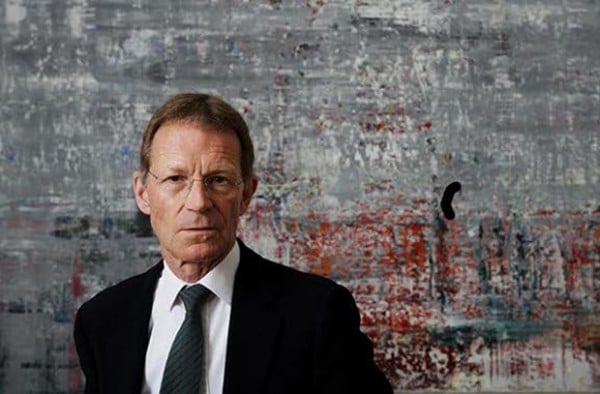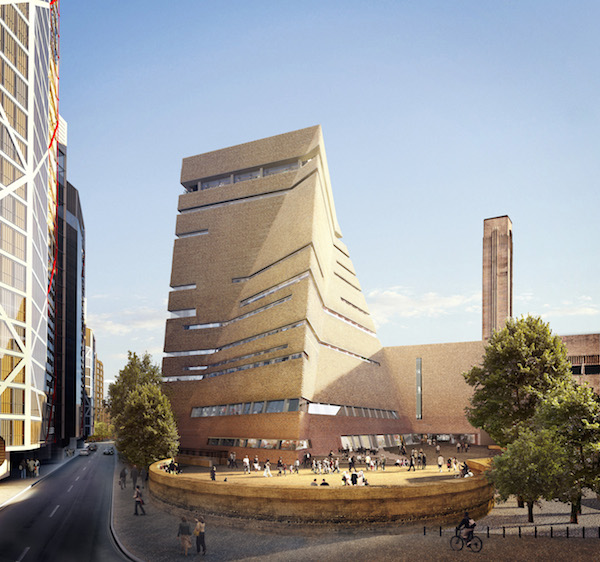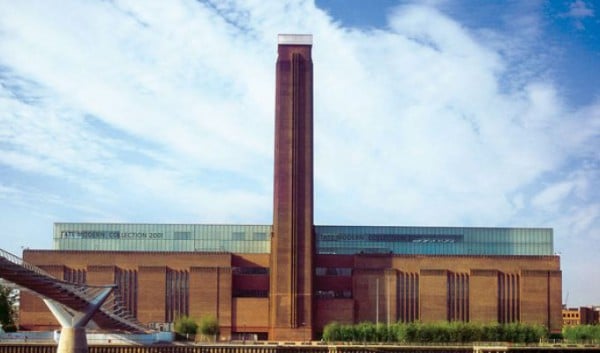Art World
Nicholas Serota Steps Down as Director of Tate, Heads to Arts Council England
He is credited with transforming the Tate into a powerhouse institution.

Photo via: Phaidon.com
He is credited with transforming the Tate into a powerhouse institution.

Nicholas Serota will step down as director of Tate at the beginning of next year, and will take up his new part-time role as chairman of the Arts Council England on February 1, 2017.
Serota, beloved by the public and art world alike, has shepherded the Tate through a transformation which some credit with changing the landscape of contemporary art museums, as well as the recent extension, Switch House, which saw Tate Modern expand in terms of both its physical size and in the adventurousness of its collection.

The New Tate Modern. Photo courtesy Tate
“It has been an exciting challenge to work with successive Chairmen, trustees and groups of extremely talented colleagues to develop the role of Tate in the study, presentation and promotion of British, modern and international art,” Serota said in a statement sent out via email blast.
“Over the past thirty years there has been a sea-change in public appreciation of the visual arts in this country. Tate is proud to have played a part in this transformation alongside other national and regional museums and the new galleries that have opened across the country in places like Walsall, Margate, Wakefield, Gateshead and Nottingham,” the statement continues.
From conceiving and realizing Tate Modern—founded 2000 and now a London landmark as recognizable as St. Paul’s or Tower Bridge—to extending the Tate, with outposts such as Turner Contemporary on the East Coast, which also have free admission, Serota’s contribution to the arts in the UK and abroad is so impactful it is difficult to fully measure.
“Tate has always been fortunate to have enjoyed the support of artists and to have benefited from the international acclaim for the work of British artists in recent years. I leave an institution that has the potential to reach broad audiences across the UK and abroad, through its own program, partnerships and online,” Serota writes.
Serota started his career at the institution as chairman of the new Young Friends of the Tate in 1969, going on to curate some of the Tate’s most popular and critically well-received exhibitions including “Donald Judd”, “Howard Hodgkin”, “Cy Twombly”, “Gerhard Richter” and “Henri Matisse: The Cut-Outs”.

Tate Modern. Photo: Better Bankside
Although all will be sad to see Serota step down, he has also built up the institution and its branches, from Tate Modern and Britain to Tate St. Ives in Cornwall and Tate Liverpool in the North of England, into one of the world’s leading museums.
“We have been privileged to have in Nicholas Serota one of the world’s greatest museum directors and a leader for the visual arts on a global stage,” Tate’s chairman Lord Browne said in the statement sent out by Tate.
At the Arts Council England, Serota will replace Sir Peter Bazalgette whose four-year tenure ends on January 31, 2017.